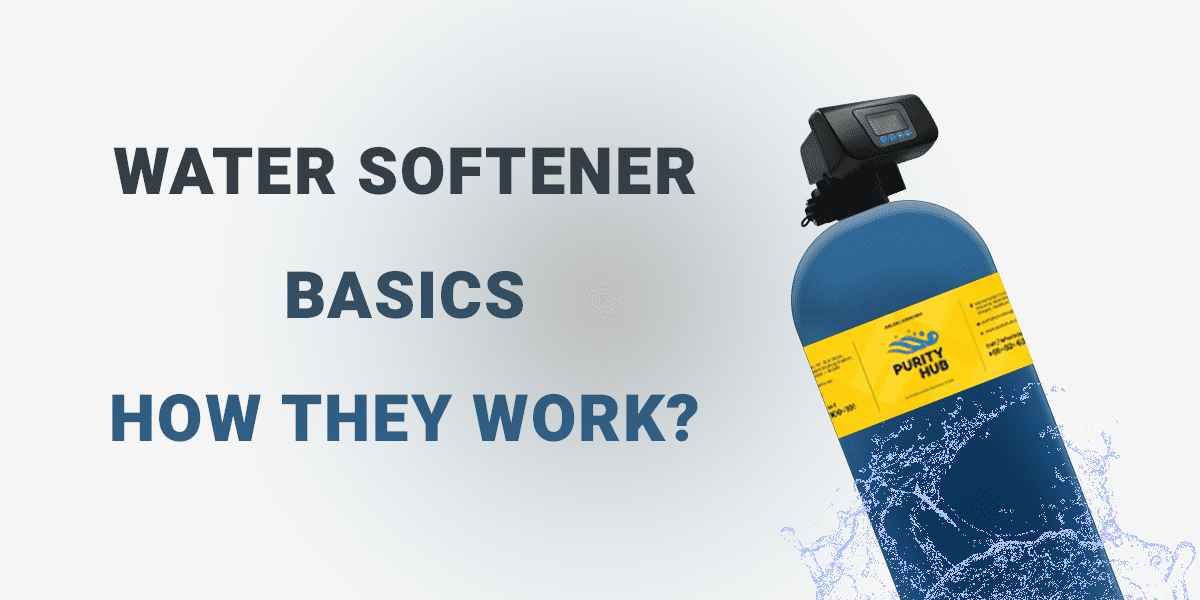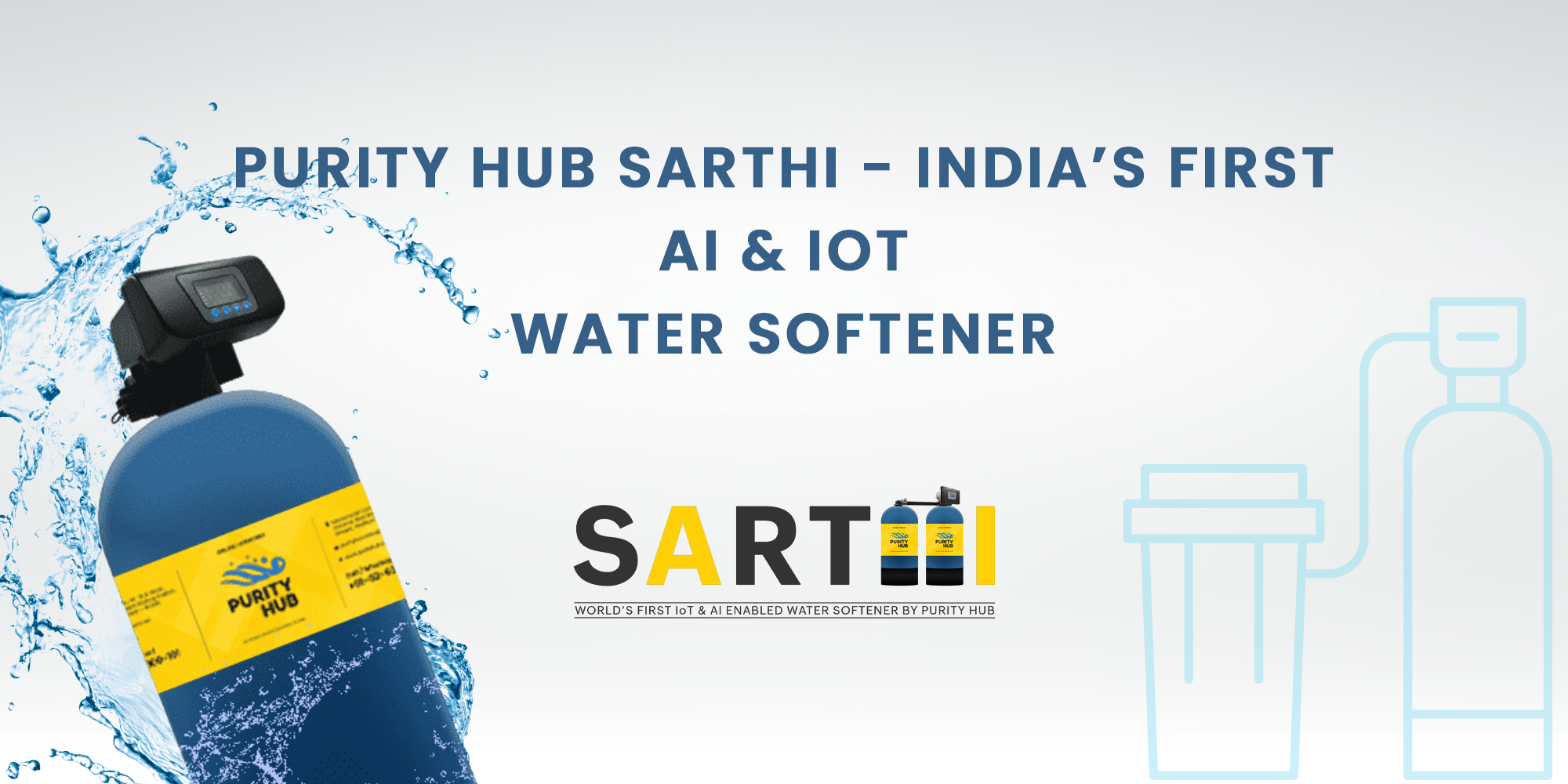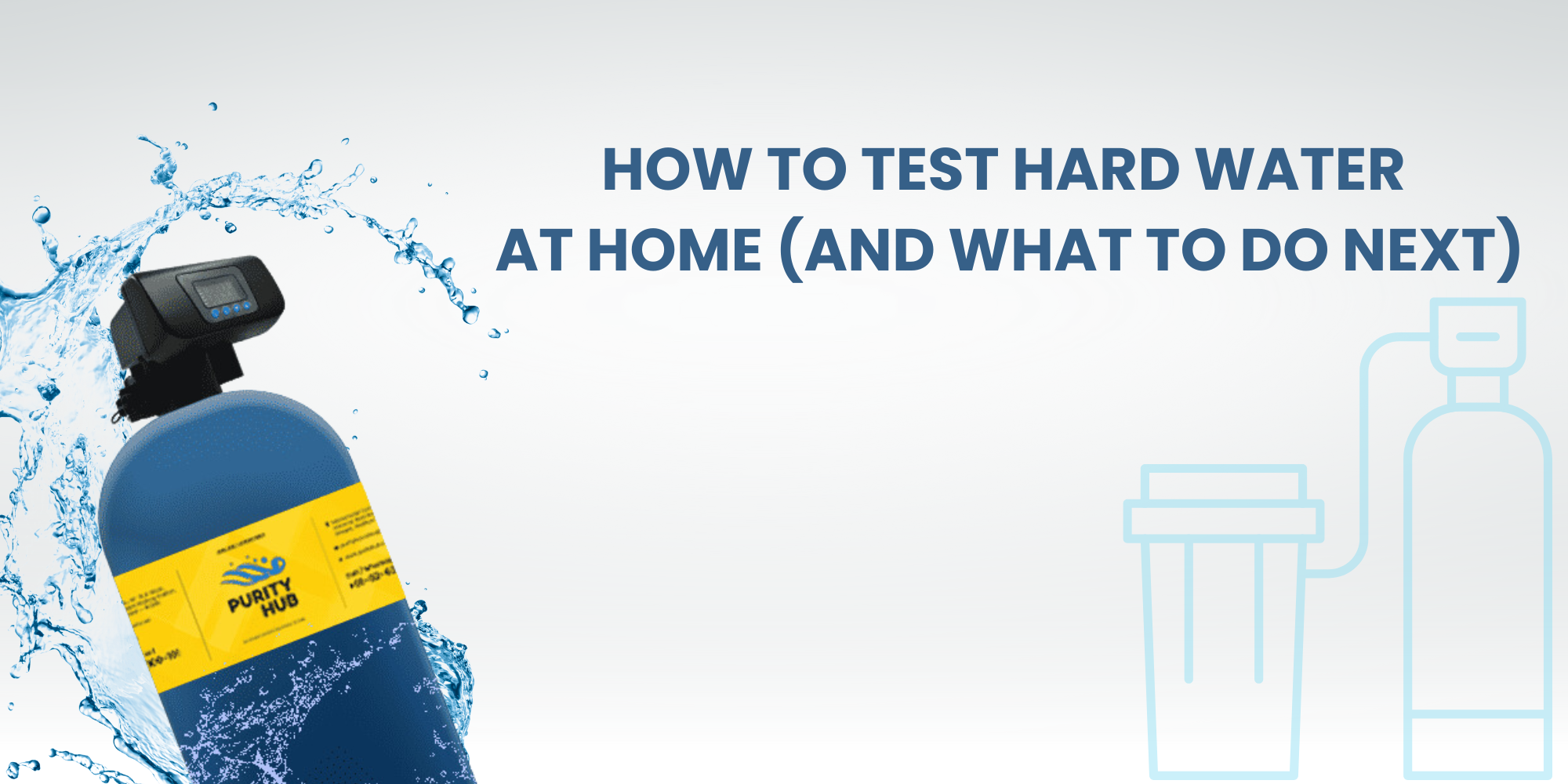
Hard Water can be a havoc for your dream home. Hard Water has a tendency to leave behind white residue on taps, plumbing fittings, tiles. High Calcium and Magnesium content in water affects your skin and hairs by causing dryness and dulness.
Few common symptoms of Hard Water are:
> White Spots on Taps & Fittings
> Pale Yellow Tiles & Fixtures
> After bath skin and hair dryness
> Clothes getting rough in few washes only
> Higher maintenance in water operated appliances such as Geysers, Dishwashers & Air Coolers
These are all hard water villains. But surprisingly, We have got a hero called Water Softeners. Let us understand how Water Softener actually works.
What is Water Softener? How does it work
A Water Softener is a machine that instantly converts Hard Water into Soft Water. When hard water flows through a Water Softener, the Resin of Water Softener absorbs and holds the Calcium & Magnesium from Water and Soft Water is supplied forward towards main tank or directly for use.
"Resins are small beads having tendency to exchange Calcium and Magnesium ions from water in exchange of Sodium Ions. Sodium Ions are termed as non harmful to use."
Every Water Softener requires a Cleaning [Regeneration] process after a certain amount of water has been made soft by it. This process is required to reactivate the Resin Beads so they can effectively keep absorbing Calcium and Magnesium from water.
Water Softener Regeneration
Resin Beads after exchanging certain amount of Calcium and Magnesium from Hard Water needs to drain out the absorbed Calcium and Magnesium for further activation and effective working. This process includes Backwashing & Cleaning of Resin Beads with Brine Solution [Salt + Water]. NaCl or Salt again exchanges Calcium & Magnesium with Resin and drain out leaving behind activates Resin Beads. The Regeneration process can be manually performed in a Manual Water Softener and can be automatically performed by machine itself in a Fully Automatic Water Softener.
Difference Between Manual & Automatic Water Softener
Automatic & Manual Water Softeners works on the exact same principals. It is the Regeneration process that makes it either Manual or an Automatic one.
In a Manual Water Softener, its operating mind, also called Multiport Valve is manually operated so the user needs to operate it and set it in different modes for the regeneration.
While in a 100% Fully Automatic Water Softener [Like Purity Hub Automatic Water Softeners], the multiport valve is electronic and can regenerate water softener automatically by using pre programmed commands. No doubt the automatic water softener are most easy to use and keep using as there is nothing a user needs to do. All they have is soft water to enjoy.
JFYI, Purity Hub Automatic Water Softeners also offers their Patented Low Salt Alarm Technology with all the automatic water softeners so user does not have to manually check the levels of salt remained in brine tank.
Major Parts of Water Softener
A Water Softener is built using many parts and equipments. Major Parts of them are:
> Vessel / Mineral Tank
> Resin
> Multiport Valve
> Brine Tank & Salt Pallets
> Regeneration Motor
> Sun & Rain Protection Case and Covers
> Safety Instruments Such as Air Breaker, Pressure Gauge & Low Pressure Switches
> Strainers & Riser Pipes
> Plumbing Fittings & Electric Wires and Connectors
These are the major parts and equipments that a Water Softener comes with.
Check out what advance features this Purity Hub Fully Automatic Water Softener has to offer.



